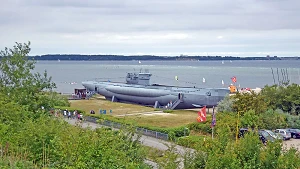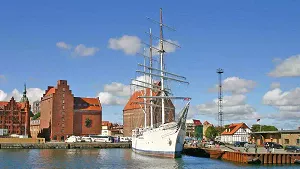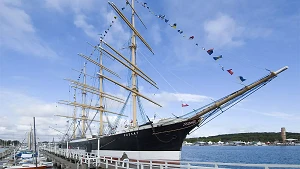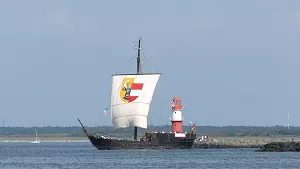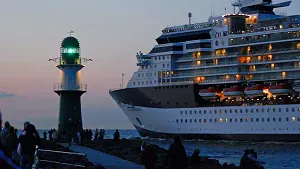Getting queasy at the thought of a diving submarine? On the Baltic coast you have the chance to visit and climb into several submarines without going into the depth of the sea.
In Sassnitz, on the island of Ruegen, you can find "Her Majesty's Submarine OTUS". It measures 90.7 metres in length and was put into service in 1963. The H.M.S. OTUS is an OBERON class and was designed as an attack submarine. They were built between 1959 and 1967. These were the first low noise level boats and are therefore also known as "silent hunter".
In Peenemuende, on the island of Usedom, visitors can walk around the diesel-fuelled submarine Juliett
U-461.. It is an impressive 86 metres long, was built in the early sixties and
taken into service in 1965.
The U-11, built 1966-1968, awaits you in the port of Burgstaaken, on the island of Fehmarn. The
adjoining submarine exhibition provides a wealth of interesting information about the German submarine
fleet of the post war period.
The 67 metres long U-995 lies on the beach of the seaside resort of Laboe and is now open as a museum. Millions of Germans watched the film "Das Boot" directed by Wolfgang Petersen and starring Herbert Groenemeyer as an actor. The featured submarine and the U 995 are both VII C class.
